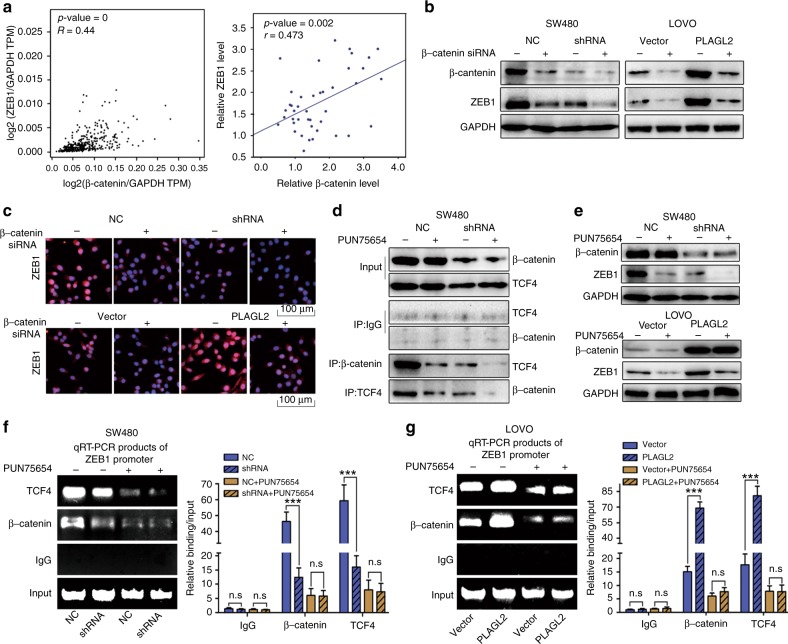Fig. 6. PLAGL2 modulates ZEB1 expression through a β-catenin-dependent pathway.
a The GEPIA database showed that a significant positive correlation between ZEB1 and β-catenin could be observed in CRC tissues. The data from this study also revealed a significant positive correlation between ZEB1 and β-catenin. b The WB analysis showed that the depletion of β-catenin neutralised the promotion of ZEB1 caused by enhanced PLAGL2 expression. (c) Depletion of β-catenin neutralised the promotion of ZEB1 caused by enhanced PLAGL2 expression, which was confirmed by immunofluorescence assays. Scale bars, 100 μm. d The validity of the small-molecule inhibitor PNU-74654 was verified by the WB analysis. e The WB analysis revealed that the PNU-74654, which blocked the interaction between β-catenin and TCF4, thereby neutralising the promotion of ZEB1 caused by enhanced PLAGL2 expression. f, g The ChIP assays were performed to verify the binding between β-catenin/TCF4 complexes and ZEB1 promoter in SW480 and LOVO cells. The bound DNA fragments were amplified by qRT-PCR. Then the products of qRT-PCR were examined by gel electrophoresis on 2% agarose gels. PNU-74654 blocked β-catenin/TCF4 complexes from directly binding to the ZEB1 promoter and neutralised the promotion of ZEB1 caused by enhanced PLAGL2 expression. The data are presented as the mean ± SD from three independent experiments. n.s: no significance. *P < 0.05, **P < 0.01, ***P < 0.001, based on Student’s t-test.

